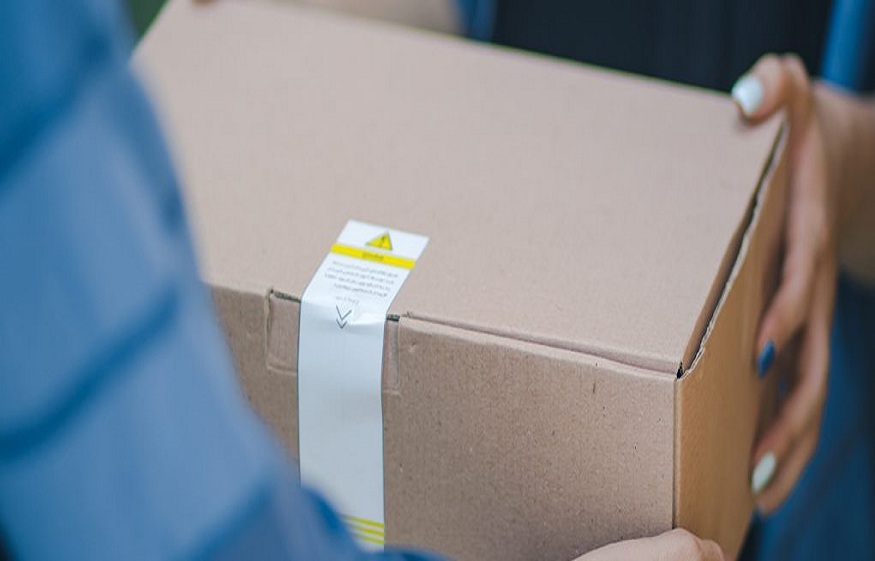Chronic sinus pressure and congestion can greatly affect your quality of life. When your sinuses are blocked or inflamed, you may experience headaches, difficulty breathing through your nose, facial pain, and a constant feeling of pressure. Fortunately, advances in medical technology have made it possible to treat these symptoms effectively with a minimally invasive procedure called balloon sinuplasty. This article explains what balloon sinuplasty is, how it works, and how it can help relieve chronic sinus pressure and improve your breathing.
Understanding Chronic Sinus Pressure and Its Causes
Your sinuses are air-filled spaces located in the bones of your face and around your nose. Normally, they produce mucus that drains naturally through small openings called sinus passages. However, when these passages become blocked due to allergies, infections, or inflammation, mucus cannot drain properly. This blockage causes the sinuses to become swollen and pressurized, resulting in discomfort and difficulty breathing.
Chronic sinusitis refers to sinus inflammation lasting longer than 12 weeks despite treatment. Traditional treatments include medications like nasal sprays, antibiotics, or decongestants, but these do not always provide lasting relief. For many people with persistent symptoms, balloon sinuplasty offers a promising alternative.
What Is Balloon Sinuplasty?
Balloon sinuplasty is a modern, minimally invasive procedure designed to open blocked sinus passages and restore natural drainage. Unlike traditional sinus surgery, balloon sinuplasty uses a small, flexible balloon catheter to gently dilate the sinus openings without cutting or removing bone or tissue.
During the procedure, a thin catheter with a deflated balloon at its tip is carefully inserted into the blocked sinus passage. Once correctly positioned, the balloon is slowly inflated, which widens the passage and reopens the drainage pathways. After the sinus opening is expanded, the balloon is deflated and removed, leaving the passage enlarged. This allows mucus to flow freely and reduces pressure within the sinuses.
How Balloon Sinuplasty Improves Breathing
By opening the blocked sinus passages, balloon sinuplasty helps to restore normal airflow through your nasal passages. When your sinuses drain properly, the inflammation and swelling begin to decrease, reducing the feeling of pressure and pain. Improved sinus drainage also helps prevent future infections, which often worsen breathing problems.
Many patients report immediate relief of symptoms such as nasal congestion and sinus pressure after balloon sinuplasty. Over time, breathing through the nose becomes easier, and the frequency of sinus infections can be significantly reduced. This improvement in breathing quality contributes to better sleep, increased energy levels, and an overall enhanced quality of life.
Benefits of Balloon Sinuplasty Compared to Traditional Surgery
Balloon sinuplasty offers several advantages over traditional sinus surgery methods. Because it is less invasive and does not involve cutting tissue or bone removal, the procedure usually results in less bleeding and discomfort. It is often performed under local anesthesia, allowing patients to return home the same day.
Recovery time after balloon sinuplasty is typically shorter than with traditional surgery, with many patients resuming normal activities within a few days. Additionally, the risk of complications is lower, making it a safer option for many people suffering from chronic sinus issues.
Who Is a Good Candidate for Balloon Sinuplasty?
Balloon sinuplasty is generally recommended for adults who suffer from chronic sinusitis that has not responded well to medication. Your doctor will evaluate your symptoms, medical history, and perform imaging studies such as a CT scan to determine if balloon sinuplasty is suitable for you.
It is important to have a thorough consultation with an ear, nose, and throat (ENT) specialist who can explain the procedure, benefits, and possible risks based on your individual condition.
What to Expect During and After the Procedure
Balloon sinuplasty is usually performed in a hospital or outpatient surgical center. The procedure typically takes less than an hour. Since it is minimally invasive, patients experience less pain and discomfort during and after the treatment.
After the procedure, some mild nasal congestion and slight discomfort may occur but usually resolve quickly. Your doctor may recommend saline sprays or other medications to keep the nasal passages moist and assist healing.
Follow-up visits will monitor your recovery and ensure the sinuses remain open. Most patients notice significant improvement in their sinus symptoms within days to weeks after balloon sinuplasty.
Conclusion
For people struggling with chronic sinus pressure and difficulty breathing, balloon sinuplasty offers an effective, safe, and less invasive treatment option. By gently opening blocked sinus passages, this procedure helps restore normal sinus drainage, relieve pressure, and improve airflow through the nose. If you suffer from persistent sinus problems that interfere with your daily life, talk to an ENT specialist about whether balloon sinuplasty could be the right solution for you. With this innovative treatment, you can breathe easier and enjoy relief from chronic sinus discomfort.





